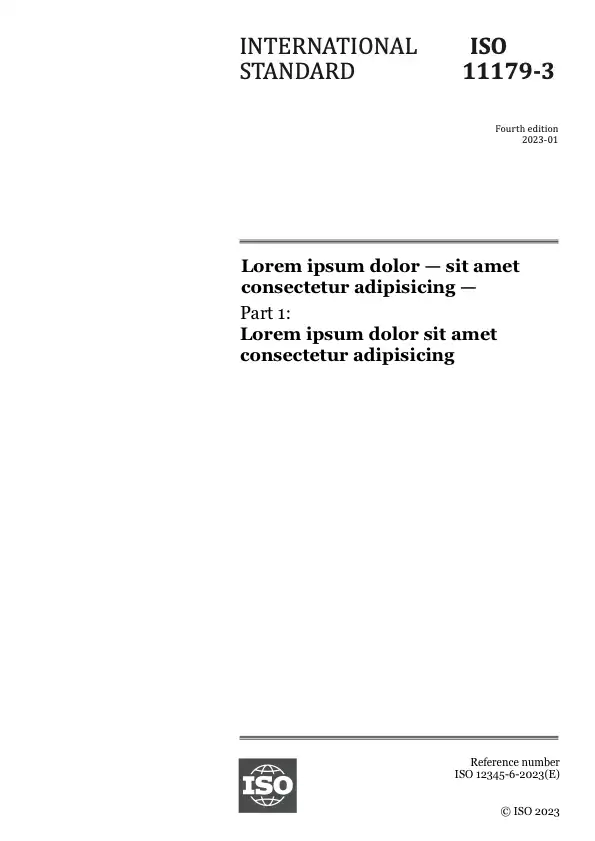Abstract
This document specifies a procedure for the calculation of the cetane index of middle-distillate fuels from petroleum-derived sources. The calculated value is termed the "cetane index by four-variable equation". Throughout the remaining text of this document, the term "cetane index" implies cetane index by four-variable equation.
This document is applicable to fuels containing non-petroleum derivatives from tar sand and oil shale. It is not applicable to pure hydrocarbons, nor to distillate fuels derived from coal. Cetane index calculations do not take into account the effects from additives used to enhance the Cetane number.
NOTE 1 This document was originally developed using a matrix of fuels, some of which contain non-petroleum derivatives from tar sands and oil shale.
NOTE 2 The cetane index is not an alternative way to express the cetane number; it is a supplementary tool, to be used with due regard for its limitations.
NOTE 3 The cetane index is used to estimate the cetane number of diesel fuel when a test engine is not available to determine this property directly, or when insufficient sample is available for an engine rating.
The most suitable range of fuel properties for application of this document is as follows:
Fuel property
Range
Cetane number
32,5 to 56,5
Density at 15 °C, kg/m3
805,0 to 895,0
10 % (V/V) distillation recovery temperature, °C
171 to 259
50 % (V/V) distillation recovery temperature, °C
212 to 308
90 % (V/V) distillation recovery temperature, °C
251 to 363
Within the range of cetane number (32,5 to 56,5), the expected error of the prediction via the cetane index equation will be less than ±2 cetane numbers for 65 % of the distillate fuels examined. Errors can be greater for fuels whose properties fall outside this range of application.
As a consequence of sample-specific biases observed, the expected error can be greater even when the fuel's properties fall inside the recommended range of application. Therefore, users can assess the required degree of prediction agreement to determine the fitness-for-use of the prediction.
NOTE 4 Sample specific biases were observed for distillate fuels containing FAME (fatty acid methyl ester).
Read sample
General information
Life cycle
-
Previously
WithdrawnISO 4264:2007
WithdrawnISO 4264:2007/Amd 1:2013
-
Now
Got a question?
Check out our FAQs
Opening hours:
Monday to Friday - 09:00-12:00, 14:00-17:00 (UTC+1)

